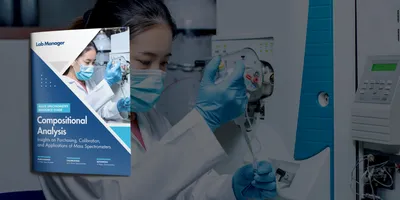BOSTON, MA — Forensic anthropologists analyze skeletal remains to help identify people. A new study highlights how this work, specifically dealing with ancestry, may inadvertently support the idea that racial differences are biological.
“While forensic anthropologists understand that race is social, our literature problematically does not articulate this. All research dealing with documenting differences (or similarities) in human populations needs to use appropriate terminology that does not support white supremacy or racial claims,” explains corresponding author Sean Tallman, PhD, RPA, assistant professor of anatomy and neurobiology at Boston University School of Medicine (BUSM).
While modern practitioners have shifted terminology from “race” to “ancestry” to describe regionally patterned human skeletal variation, the degree to which they have changed or critiqued long-embedded classification approaches remains unclear.
Forensic anthropology has lagged behind other anthropological sub-disciplines in its conceptualizations and engagement with "race" and "ancestry" and the processes behind human population variation, which may unwittingly propagate the disproven notion that racial differences are biological.
Researchers performed a content analysis of forensic anthropological literature from 1966 to 2020 that deals with "race" and "ancestry" and found that the two terms—used to describe regionally patterned human skeletal variation—were infrequently defined (13 percent and 12 percent respectively) and while "ancestry" first supplanted "race" in the early 1990s, it remained in use until 2013, long after the bigger field of biological anthropology ceased its use.
Additionally, the researchers found that only 59 percent of authors used population histories, population structures or micro-evolutionary forces to explore the processes that drive regionally patterned human biological variation and have the potential to create differences between human populations. Approximately 25 percent of authors critiqued the use of "race" or "ancestry" to explore human population variation or incorporated more nuanced theoretical frameworks like embodiment theory (four percent) to explain how structural societal inequities become physiologically embodied.
According to Tallman, all research dealing with documenting differences (or similarities) in human populations needs to use appropriate terminology. “In essence, our oversimplification of the complex processes that pattern human skeletal variability has left the field’s research vulnerable to be used to support biomedical claims for biological differences between social racial groups in healthcare and treatments,” he adds.
The researchers believe it is important to be cognizant of how majority-White perspectives may limit the relevance of forensic anthropological research and propagate the exclusion of Black, Indigenous, Latinx, and other people of color. “The field needs to do better in deploying terminology, in discussions of the forces patterning human skeletal variability, and in ensuring inclusion,” says Tallman.
- This press release was originally published on the Boston University School of Medicine website











